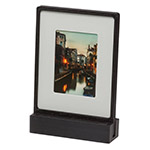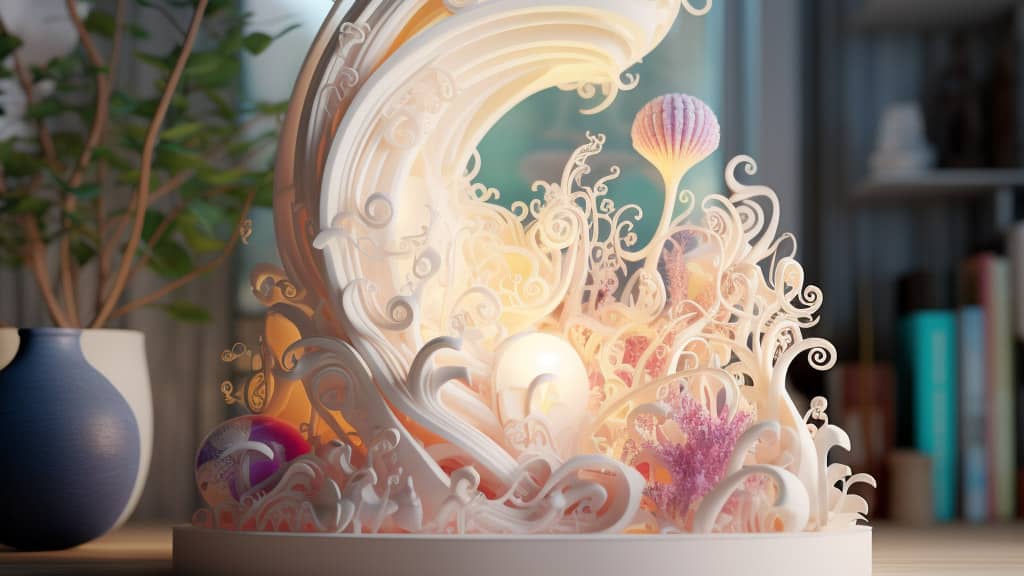The Dawn of Sustainable Fashion: An Introduction
As we hurtle towards a more aware and conscientious future, the need for sustainable alternatives in all aspects of our lives is becoming increasingly evident. One such area experiencing a vibrant transformation is the realm of fashion. Sustainable fashion, a term now deeply intertwined with the industry, resonates with both consumers and creators, with eco-friendly materials and innovative technologies leading the charge. And among these technological developments, 3D printing emerges as a front-runner in crafting an eco-friendly future for fashion.
3D Printing: Transforming the Fabric of Fashion
3D printing, once a novelty restricted to high-tech labs, has permeated various industries, and fashion is no exception. This technique involves creating a three-dimensional object from a digital model by laying down successive layers of material until the object is complete. It offers a plethora of benefits that make it a viable contender in the quest for sustainable fashion.
Firstly, 3D printing significantly minimizes waste. Traditional methods often result in excess material that is discarded, but 3D printing operates on a use-as-needed basis, meaning it uses just the right amount of material required for a particular design.
Secondly, 3D printing promotes customization and uniqueness in design. Unlike traditional methods that require mass production, 3D printing allows designers to create bespoke pieces tailored to an individual’s specifications. This concept promotes a slow fashion approach, reducing the demand for fast fashion and its associated wasteful practices.
Moreover, 3D printing opens the door to innovative materials. Plastics used in 3D printing can be sourced from recycled materials, and new research is continually exploring eco-friendly alternatives, including biodegradable options. Some fashion-forward thinkers have even started experimenting with 3D printed fabrics, a testament to the technology’s potential.
Eco-friendly Materials: Weaving Sustainability into Clothing
Parallel to the technological revolution, the shift towards eco-friendly materials in clothing is another significant pillar supporting sustainable fashion. Eco-friendly materials not only reduce the environmental impact but also provide a safer and more ethical alternative to conventional synthetic fabrics.
One of the most promising categories of these materials is regenerated and recycled fibers. Regenerated fibers like Lyocell are derived from sustainable sources like eucalyptus trees, processed in a closed-loop system that reuses water and solvents. Similarly, recycled fibers are created by processing pre- or post-consumer waste, thereby reducing the need for new raw materials and minimizing waste.
Plant-based, organic materials are another eco-friendly alternative. Organic cotton, hemp, and bamboo are grown without harmful pesticides and are biodegradable. Moreover, their cultivation generally requires less water and energy than conventional cotton or synthetic fibers.

Merging Technology and Sustainability: The Future of Fashion
As we witness the evolution of the fashion industry, the convergence of 3D printing technology and eco-friendly materials is a fascinating development. The combination of these two powerful elements unlocks unprecedented opportunities for innovative and sustainable designs.
Imagine a world where your clothes are 3D printed to your exact measurements, using a biodegradable plastic derived from recycled waste. The garment fits perfectly, reducing the need for alterations or, worse, disposal. Once its life cycle is complete, it can be composted or recycled into new material, creating a closed-loop, zero-waste system.
Several pioneering brands and designers are already harnessing this fusion of technology and sustainability. They are creating stunning 3D printed garments using recycled or biodegradable materials, driving forward the concept of circular fashion.
The journey towards sustainable fashion is a long and complex one, filled with challenges and discoveries. Yet, as 3D printing technology evolves and the variety of eco-friendly materials expands, the prospect of creating a truly sustainable fashion industry becomes more tangible. It offers a refreshing perspective on the fusion of creativity, technology, and respect for our environment, echoing the demand of the conscious consumer and ethical designer alike.
The introduction of these technologies into fashion education is another testament to their increasing importance. Design students are now learning how to incorporate 3D printing and sustainable materials into their designs, indicating the profound shift the industry is experiencing towards sustainability.
As we progress, one key element will be to make these technologies more accessible and affordable. Once they become commonplace, we can expect a significant shift in the fashion industry’s dynamics.
With a focus on localized production, the need for international shipping could be greatly reduced, thus decreasing the carbon footprint of our clothes. In addition, the capability to recycle and reprint clothing items on a large scale could revolutionize our consumption patterns, moving away from the linear ‘take-make-waste’ approach and towards a more circular model of ‘recycle-reuse-renew.’
However, just like any significant change, it requires the active participation of all stakeholders: consumers, designers, policymakers, and businesses. It requires educating consumers about the benefits and importance of sustainable fashion, encouraging designers to push the boundaries of what’s possible with 3D printing and sustainable materials, influencing policymakers to foster an environment that encourages sustainable practices, and inspiring businesses to invest in these technologies.

Conclusion: Innovation and Sustainability Pave the Way Forward
Innovation in sustainable fashion, specifically the use of 3D printing and eco-friendly materials, is undoubtedly shaping a greener future for the industry. These pioneering methods are challenging traditional manufacturing norms, encouraging the industry to slow down and reflect on its environmental impact.
While the path to fully sustainable fashion is a challenging one, every step taken contributes to a larger movement. From the creation of an intricate 3D printed piece to the selection of an outfit made from organic fibers, every decision points towards a future where fashion and sustainability coexist.
By adopting 3D printing and eco-friendly materials, we not only revolutionize the way we produce and consume fashion but also take a substantial stride towards safeguarding our environment for future generations. As we stand on the cusp of this exciting era, it is up to us to embrace these innovations and steer fashion towards a sustainable, ethical, and environmentally-conscious future.
As fashion enthusiasts, designers, or simply conscientious consumers, we have the power to influence this change. And in doing so, we can ensure that the fashion industry – a mirror of society and an expression of our identities – reflects values that resonate with our collective conscience and our planet’s needs. After all, true style never goes out of fashion, and neither should our commitment to a sustainable future.
Revolutionizing Runways: The Business of 3D Printed Fashion and its Commercial Impact
Revolutionizing Runways: 3D Printed High Fashion & The Future of Couture



